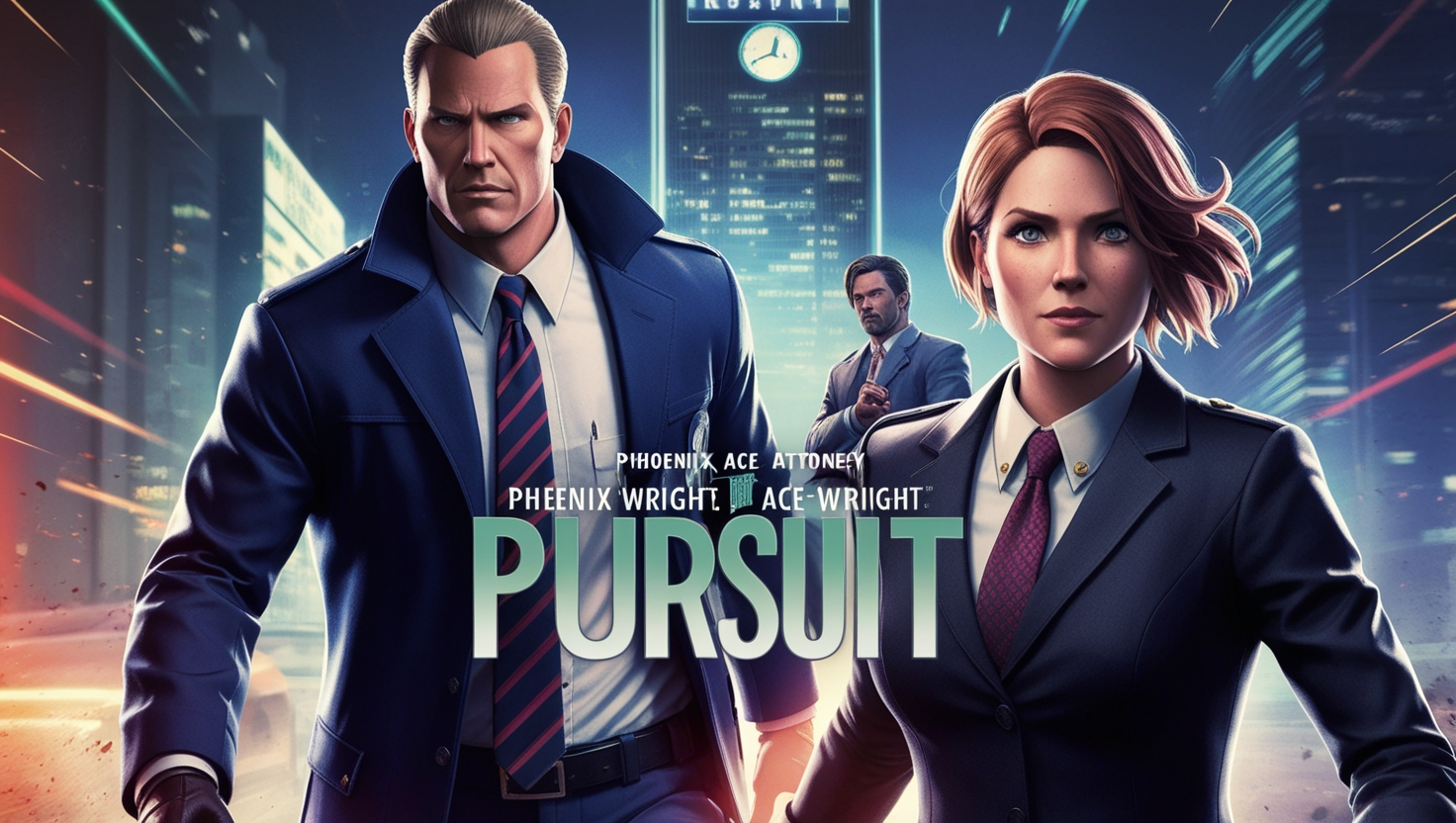Introduction
When it involves an iconic video game tune, “Phoenix Wright: Ace Attorney” is a series that has added some of the most memorable soundtracks. This franchise’s “Pursuit” subject is mainly noteworthy, diagnosed for its extreme, dramatic pleasant that elevates gameplay excitement. One of the most requested questions via fanatics and track lovers alike is, “What is the BPM of Phoenix Wright Pursuit?” This question could be more interesting for its musical curiosity but also suggests why the soundtrack feels so captivating.
By examining “What is the BPM of Phoenix Wright Pursuit,” we can perceive how pace contributes to the adrenaline and immersion gamers revel in.
What Makes “Phoenix Wright: Pursuit” So Popular?
The inquiry “What is the BPM of Phoenix Wright Pursuit?” goes past only a simple technical interest; it addresses what makes this song so attractive. The “Pursuit” theme in the Phoenix Wright series is well-known for its driving rhythm and intensity, drawing players into the game’s pivotal moments.
A tune’s bpm, or beats in line with the minute, is essential to its electricity and temper. In the case of the “Phoenix Wright Pursuit” subject matter, the bpm is vital in creating the high stakes and urgency that the music conveys. Knowing “what the bpm of Phoenix Wright Pursuit” is can assist in explaining why this piece resonates so profoundly with fans.
What is the BPM of Phoenix Wright Pursuit?
The particular bpm of “Phoenix Wright Pursuit” is about 140. By exploring “What is the BPM of Phoenix Wright Pursuit,” we can better apprehend how tempo impacts the soundtrack’s function within the sport. At 140 bpm, the tempo is fast enough to feature a feeling of urgency and excitement without becoming overwhelming.
This bpm range is ideal for developing a sense pressure because it aligns perfectly with the extreme courtroom scenes in which players pursue the truth. Understanding “What is the BPM of Phoenix Wright Pursuit” clarifies how cautiously selected tempos can influence participants to revel in, guiding their emotions and reactions.
How BPM Affects the Game’s Atmosphere
Knowing “What is the BPM of Phoenix Wright Pursuit” allows us to examine the connection between tempo and surroundings. In “Phoenix Wright,” the courtroom scenes are high-pressure situations, and the tune aids the participant’s adventure. A pace of one hundred forty bpm offers just the proper speed to shape the adrenaline rush of supplying evidence, move-examining witnesses, and uncovering contradictions. The question “What is the BPM of Phoenix Wright Pursuit?” reflects a hobby in information on how musical pacing shapes gameplay.
The Musical Composition Behind the Pursuit Theme
Diving deeper into “What is the BPM of Phoenix Wright Pursuit,” it becomes evident that the bpm of 140 is just one factor of the track’s enticing nature. The composition includes layers of intense strings, powerful percussion, and fast-paced rhythms, all contributing to the topic’s dynamic nature.
In this sense, asking, “What is the BPM of Phoenix Wright Pursuit?” opens a window into the complex info of sports music composition. With the driving beat at one hundred forty bpm, the tune complements every pivotal moment in the game, making gamers sense, although they’re part of an excessive-stakes trial.
Why Does the BPM Matter to Players?
The solution to “What is the BPM of Phoenix Wright Pursuit” goes beyond simply numbers; it affords perception into how players engage with the sport’s soundscapes. A one hundred forty bpm pace keeps players alert and centered, reinforcing the anxiety throughout critical moments. Knowing “what the bpm of Phoenix Wright Pursuit” is can make fans admire how the track heightens emotional engagement.
The fast tempo pushes gamers ahead, creating an experience of movement and urgency that mirrors the movement on the screen. In a manner, the answer to “What is the BPM of Phoenix Wright Pursuit?” explains why players regularly feel so emotionally related to the game.
The Role of BPM in Video Game Music
Understanding “What is the BPM of Phoenix Wright Pursuit” gives a foundation for appreciating how tempo functions in video game music. BPM plays a widespread position in how gamers perceive a recreation’s depth and tempo. For action-packed games like Phoenix Wright, a bpm of a hundred and forty is suitable for maintaining pleasure and anxiety. Many soundtracks with similar bpm stages are used in different genres to invoke a comparable sense of urgency.
How BPM Complements Game Storytelling
Another cause why “What is the BPM of Phoenix Wright Pursuit” is relevant lies in its courting with storytelling. At one hundred forty bpm, the tempo of the “Pursuit” theme enhances narrative immersion, permitting gamers to experience absolute gifts within the story. This bpm mirrors the pacing of court docket confrontations and exhibits, which can be principal to the sport.
By understanding “What is the BPM of Phoenix Wright Pursuit,” fans can see how the tune adds layers of means and emotion to the storyline. A fast-paced BPM emphasizes the short thinking and logical evaluation required of Phoenix Wright, complementing his position as a defense attorney under stress.
Comparing BPM with Other Iconic Game Themes
To recognize “What is the BPM of Phoenix Wright Pursuit” further, it’s helpful to examine it with other superb recreation soundtracks. Many iconic recreation topics fall in the one hundred twenty-150 bpm range, suitable for maintaining player engagement. For example, war topics in RPGs or high-stakes moments in movement video games regularly rent comparable BPMs to create an exciting ecosystem.
Conclusion
In summary, “What is the BPM of Phoenix Wright Pursuit?” permits lovers and tune fans to acquire a more profound appreciation for the creation’s speed and the way that it shapes interactivity. With a bpm of around 140, the “Pursuit” subject matter creates a palpable feeling of urgency and pleasure that complements the court drama. Understanding “What is the BPM of Phoenix Wright Pursuit” sheds light on the importance of bpm in video game tracks because it is vital in guiding player emotions.
Read More
